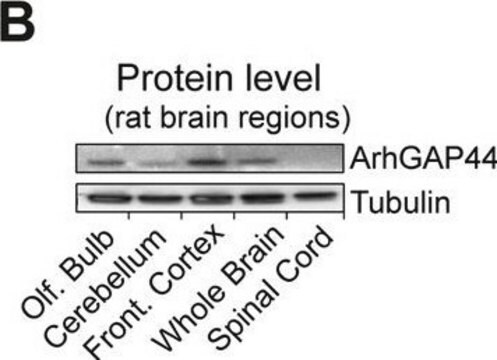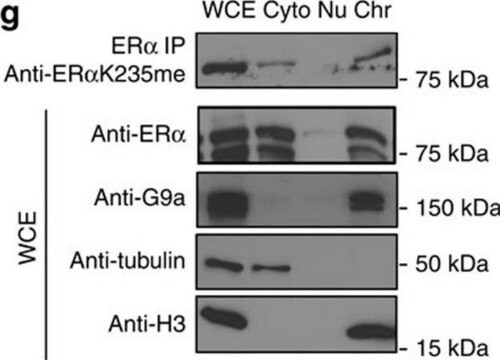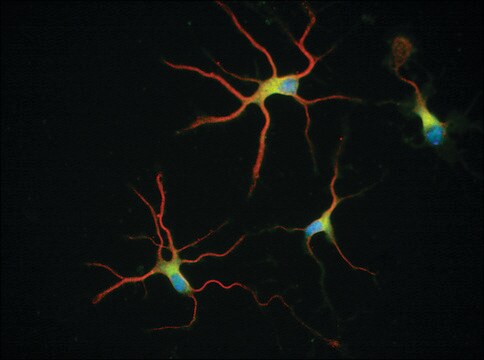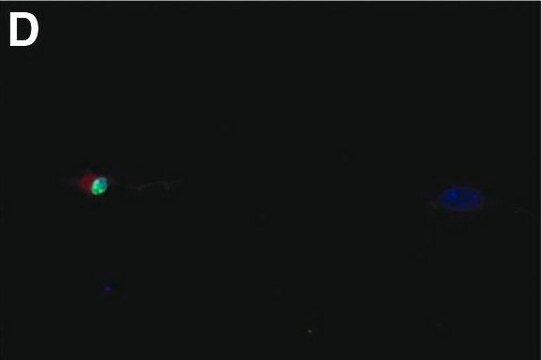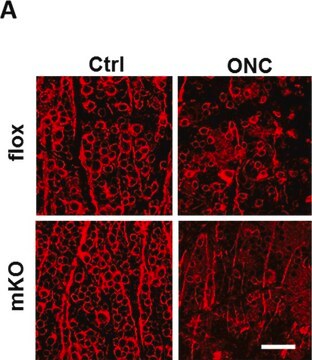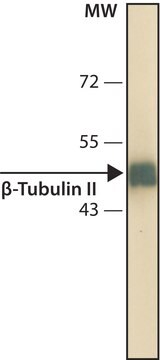T2200
Anti-β-Tubulin III Antibody

rabbit polyclonal
Synonym(s):
Anti-Tuj 1
About This Item
Recommended Products
Product Name
Anti-β-Tubulin III antibody produced in rabbit, affinity isolated antibody, buffered aqueous solution
biological source
rabbit
conjugate
unconjugated
antibody form
affinity isolated antibody
antibody product type
primary antibodies
clone
polyclonal
form
buffered aqueous solution
mol wt
antigen ~55 kDa
species reactivity
rat, human, mouse
enhanced validation
knockout
Learn more about Antibody Enhanced Validation
technique(s)
immunoprecipitation (IP): 10 μg using RIPA extract (250 μg) of cultured rat PC12 cells
indirect immunofluorescence: 10-20 μg/mL using rat PC12 cells
western blot: 0.2-0.4 μg/mL using whole extracts of mouse brain or cultured human neuroblastoma SH-SY5Y cells
UniProt accession no.
shipped in
dry ice
storage temp.
−20°C
target post-translational modification
unmodified
Gene Information
human ... TUBB3(10381)
mouse ... Tubb3(22152)
rat ... Tubb3(246118)
Looking for similar products? Visit Product Comparison Guide
General description
α/β-Tubulin, an integral component of microtubules, is present in almost all eukaryotic cells.
α/β-Tubulin occurs mostly as soluble (approx. 100-110 kDa) heterodimeric sets of α- and β-tubulin isotypes or as polymers in assembled microtubules. β-Tubulin III (also designated β-4 chain) is found in the brain and dorsal root ganglia and appears to be localized to neurons of the central and peripheral nervous system. β-tubulin III is also found in Sertoli cells of the testis, spermatozoa tails, certain lung cells, and apparently some breast stromal cells.
Specificity
Immunogen
Application
- Immunofluorescence
- Immunostaining
- Western blotting
- immunofluorescence
- immunostaining
- western blotting
- indirect immunoperoxidase assay (IPA)
Biochem/physiol Actions
Physical form
Preparation Note
For extended storage, freeze in working aliquots. Repeated freezing and thawing is not recommended. Storage in frost-free freezers is also not recommended. If slight turbidity occurs upon prolonged storage, clarify the solution by centrifugation before use. Working dilutions should be discarded if not used within 12 hours.
Other Notes
Disclaimer
Not finding the right product?
Try our Product Selector Tool.
related product
Storage Class Code
12 - Non Combustible Liquids
WGK
WGK 1
Flash Point(F)
Not applicable
Flash Point(C)
Not applicable
Choose from one of the most recent versions:
Already Own This Product?
Find documentation for the products that you have recently purchased in the Document Library.
Customers Also Viewed
Our team of scientists has experience in all areas of research including Life Science, Material Science, Chemical Synthesis, Chromatography, Analytical and many others.
Contact Technical Service